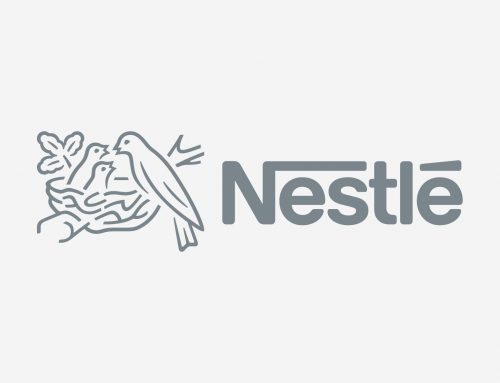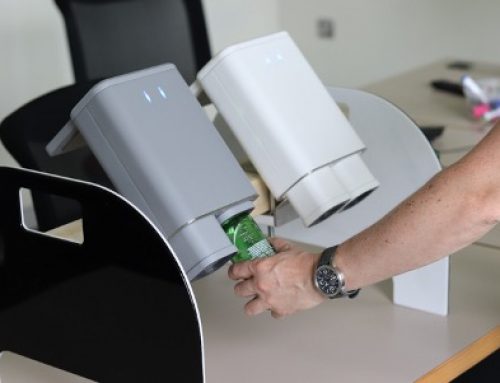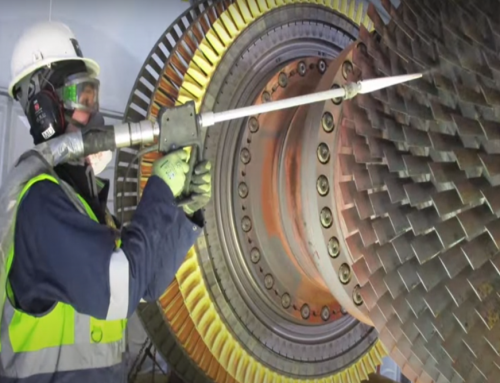Project Description
Company Overview
Water Technology Ltd was formed in 1976 by Bernard and Margaret Creedon. Since 1968, Dr Bernard Creedon had amassed experience in the field of industrial water treatment. In 1975, Brendan Cronin and Michael O’ Grada founded a Detergents and Process Aids business trading independently. In 1985, both businesses entered into a collaboration agreement, combining to trade jointly under the Water Technology Ltd brand. The synergistic benefits of the combined expertise and operational cost-efficiency, has allowed us to develop and continue to grow exponentially ever since then. This vast experience, in conjunction with our Dynamic, Forward Thinking Teams, has remained the driving force behind our success to date. As such, we are proud to be the first choice for some of the World’s leading dairy, food and beverage, industrial and pharmaceutical companies, who entrust us to deliver on their quality, efficiency and sustainability needs.
Engagement with CAPPA
Industrial detergents are comprised of one or several chemical compounds which may be dispersed in aqueous media. There is often a need to identify the chemical compound or compounds present in a detergent. Examples of instances where this is necessary include analysing underperforming cleaning processes and transferring or upgrading from one cleaning process to another.
How CAPPA Delivered Solution for Industry
Samples of industrial detergents and additives were collected and submitted by Water Technology Ltd to CAPPA. ‘Fingerprinting’ of these materials was carried out using FTIR and Raman spectroscopy. 47 different surfactant and surfactant additive samples were measured in total. 5 different surfactant types were identified as well as three different additive types. On completion of this database of reference spectra, 5 samples of unknown composition were submitted to CAPPA for identification. All 5 samples were correctly identified. This surfactant database has given Water Technology the capability to further enhance their Research and Development facility. The ability to determine specific components in an unknown mixture allows them to develop competitive and ‘application specific’ formulations to meet industry needs.








